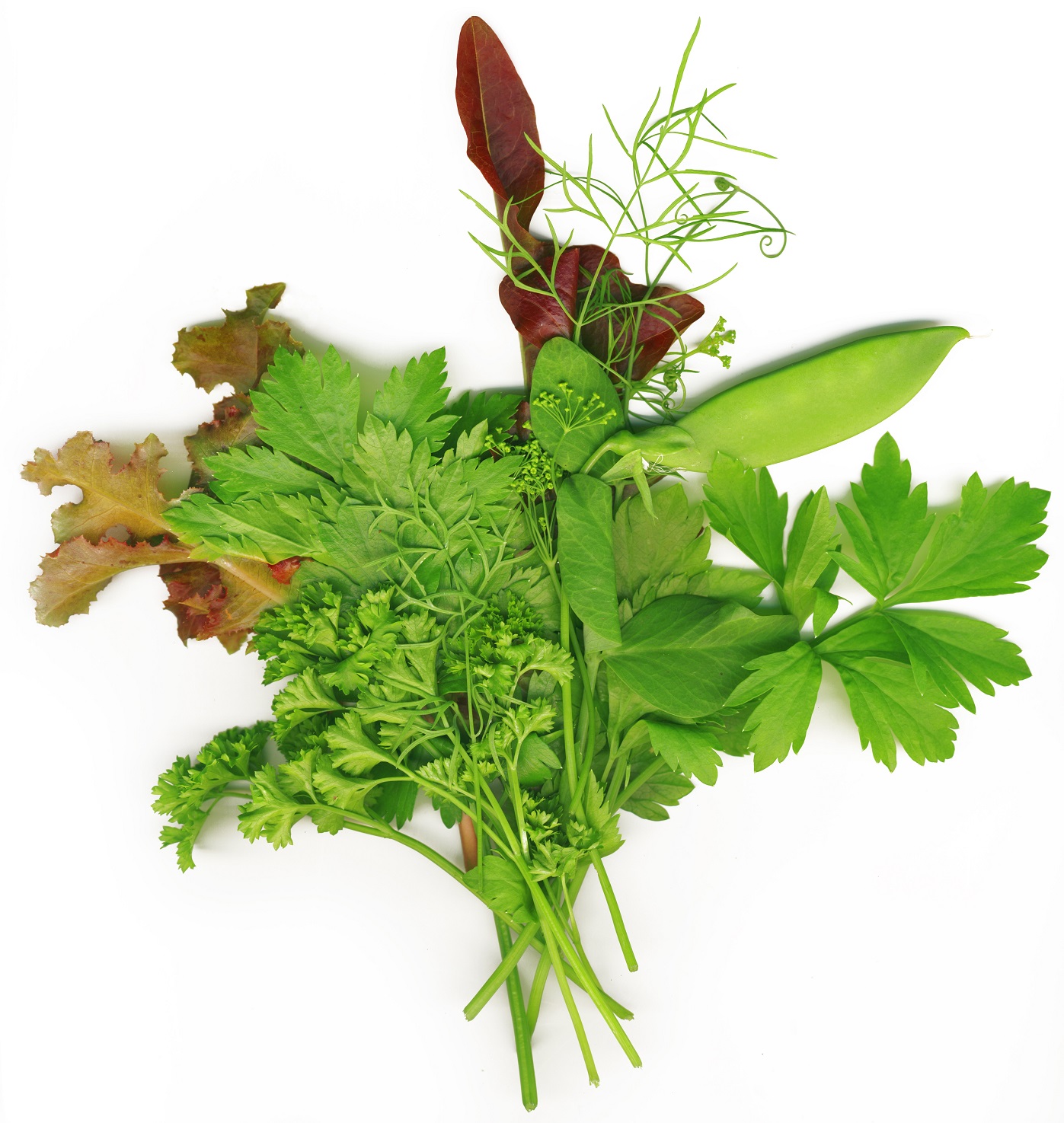Plants grown among others to help them are called companion plants. Some people believe that companion plants can improve the health of crops or the flavour of their produce. But the commonest belief is that they can protect crops from insect pests by either distracting them or repelling them, or attract predator insects to eat them with their strong scents. It’s no coincidence that many of the plants used as companion plants are strongly aromatic.
Is there any truth in the notion, or is it just old wives’ tales? The debate rages. Scientific research is scanty because chemical companies can’t afford to prove that plants protect crops as well as their chemicals do. But we know that many plants like Derris and Pyrethrum have evolved to protect themselves with their own in-built insecticides, and that insects have evolved to avoid their scents. And old wives’ tales are often based on centuries of careful observation.
Tomatoes are believed to benefit from basil, chives, coriander, mint, oregano, parsley, sage or thyme planted near or between them. Don’t use brassicas such as cabbage or turnips, or nasturtiums, which are believed to harm tomato growth and yields. Cucumbers, however, benefit from brassicas and nasturtiums but not aromatic herbs! If growing both tomatoes and cucumbers in the same greenhouse try French marigolds (Tagetes) or maybe Nicandra physaloides, the Shoo-fly plant. If it doesn’t work there’s no harm done, and if it does you save on expensive chemical controls.





